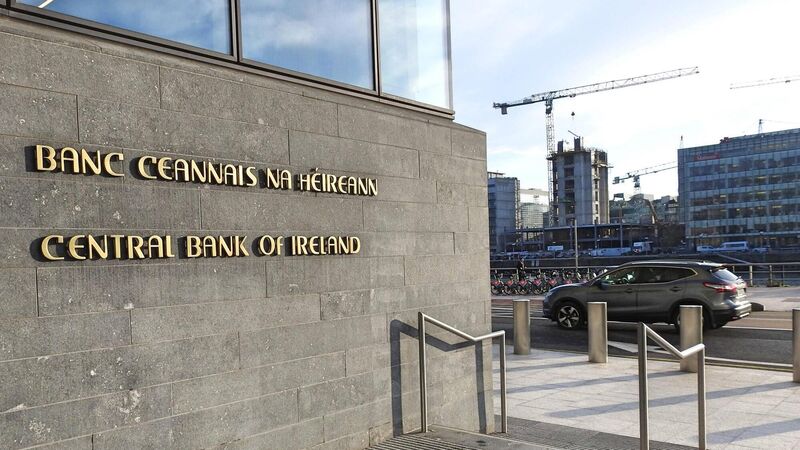Austin Hughes: Overkill by central banks could pose serious problems for many households and businesses

The key concern for central bankers is that the inflation shock of the past year becomes baked into lasting high global inflation.
This year has proved a far more challenging year than might have been expected, however, the Irish economy has risen to the challenges and is finishing the year in a much better condition than most had predicted.
This is not to say the past 12 months have not been very challenging for most households and firms. Runaway inflation, rising interest rates, and the range of problems afflicting the housing market have weighed on sentiment and spending power. Consumer and business confidence have also been hard hit by the seismic impact on global conditions of Russia’s invasion of Ukraine, and the more localised effects of recurrent sea changes in British policy-setting.
Despite these difficulties, the Irish economy delivered strong and sustained growth in activity and employment in 2022. The resilience the Irish economy has shown through the past year represents an important counter to some likely daunting challenges in 2023.
Events in Ukraine and, to an altogether lesser extent in the UK, during 2022 underline the unpredictability and fragility of the geopolitical environment globally. It is certainly possible, perhaps even probable, that 2023 could deliver somewhat calmer conditions, but stormy weather now appears to be an intrinsic feature of the economic climate.
This means we can’t be sure we are past the peak in inflation pressures but price changes in the coming year might be less explosive than in 2022. Instead, how the fallout from inflation is handled in Ireland and elsewhere could be a critical issue in 2023.
Because energy and food prices picked up sharply as 2022 developed, the measured inflation rate is likely to remain worryingly high for much of the year ahead. The key concern for central bankers is that the inflation shock of the past year becomes baked into lasting high global inflation. This risk of inflation persisting is likely to be met with further significant and economically damaging increases in interest rates for at least the first half of next year.
Last week saw further interest rate increases from a range of central banks worldwide. The common accompanying message was that monetary policy will tighten further, possibly much further, to avoid the inflation surge of the past year becoming embedded in the pricing behaviours of firms and wage bargainers. Certainly, if an inflation free-for-all developed, several years of very poor economic conditions would follow. However, I am hopeful that a damaging price-wage spiral can be avoided.

Job markets remain reasonably solid. November data show Irish unemployment at just 4.4% and many other countries are also reporting numbers that are low compared to historic experience. However, in the main, wages remain relatively subdued. Average weekly earnings growth here at just 3.2% was just over a third of the pace of the prevailing Irish inflation rate in the third quarter and also lower than wage growth in any of the five previous years. This suggests most workers are focussed first and foremost on job security and recognise that the scope for inflation-beating wage increases is negligible for most businesses.
Unfortunately, central bank rate increases are designed to reduce demand while most price pressures currently reflect supply issues in areas such as energy and food or their spillover effects through higher transport or hospitality costs. That makes me worry that, together with other pressures, central bank overkill could pose serious problems for many households and businesses in 2023.
This means the key factors that supported the Irish economy through the past year may be called upon in the year ahead. The first is the strength and sectoral focus of the multinational sector, with diverse activities in tech, pharma and life sciences providing significant impetus in terms of activity, employment, and tax revenues to counter a challenging global environment.
A second key domestic strength is healthy public finances that provide scope for a substantial if partial cushioning of more exposed households and firms. Softer economic conditions argue for and allow notably upscaled but focussed spending on areas such as health and housing. A critical task for 2023 is how to manage such a step-up without fuelling the view that endless public monies can be thrown at all problems.
A third and often neglected domestic strength is the resilience and ingenuity of households and businesses who have learned, from regular if unexpected economic challenges, a capacity to adjust their sense of what may lie ahead and amend behaviour accordingly. This flexibility and determination have served the Irish economy very well in 2022 and can do the same through any challenges faced in 2023.












